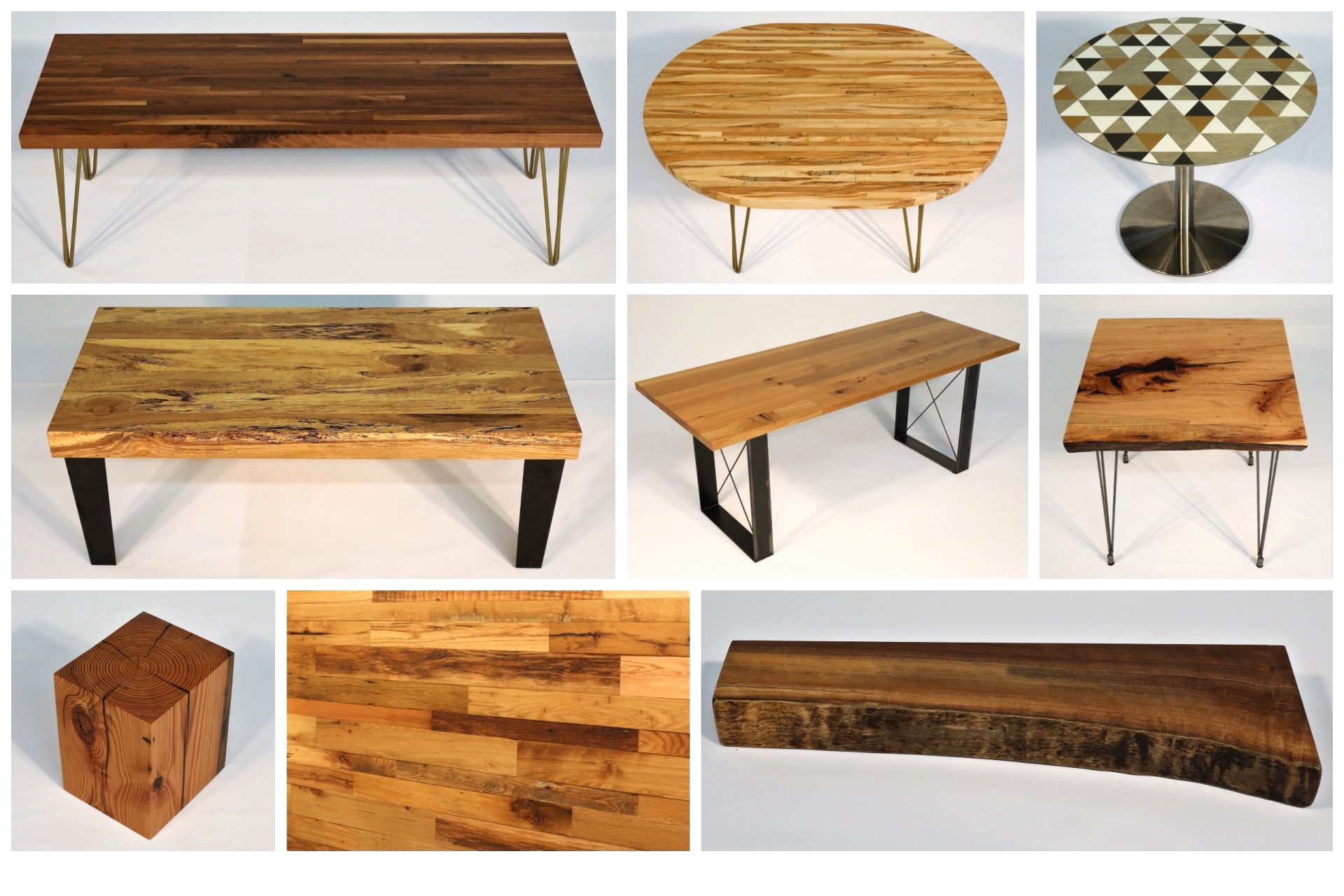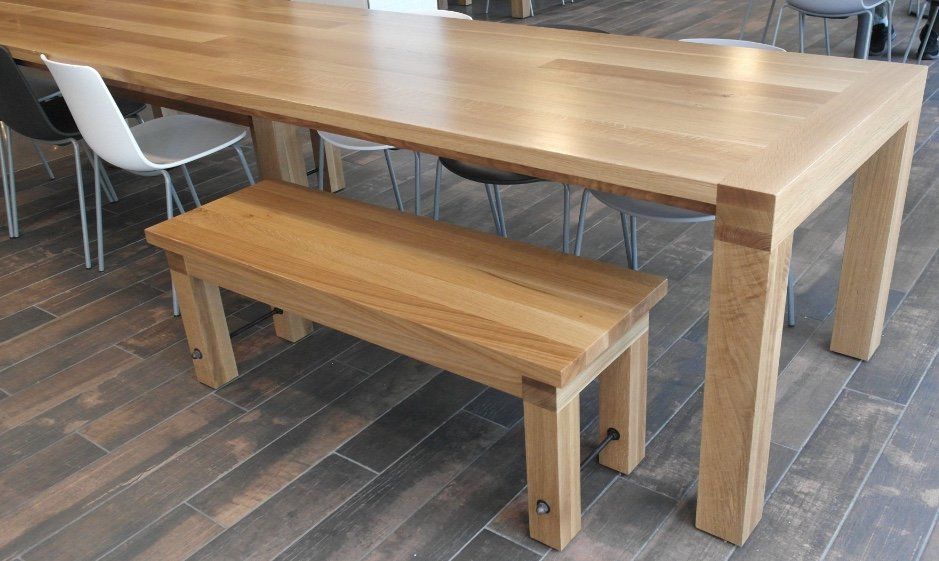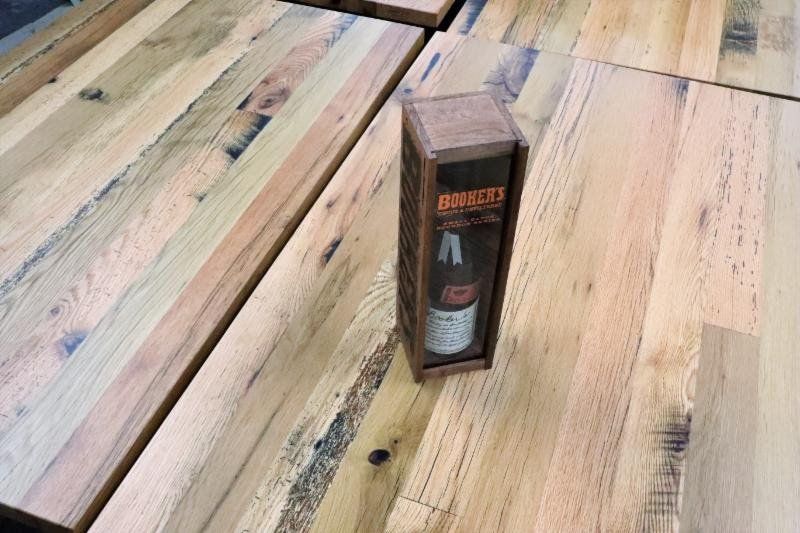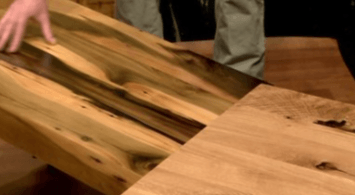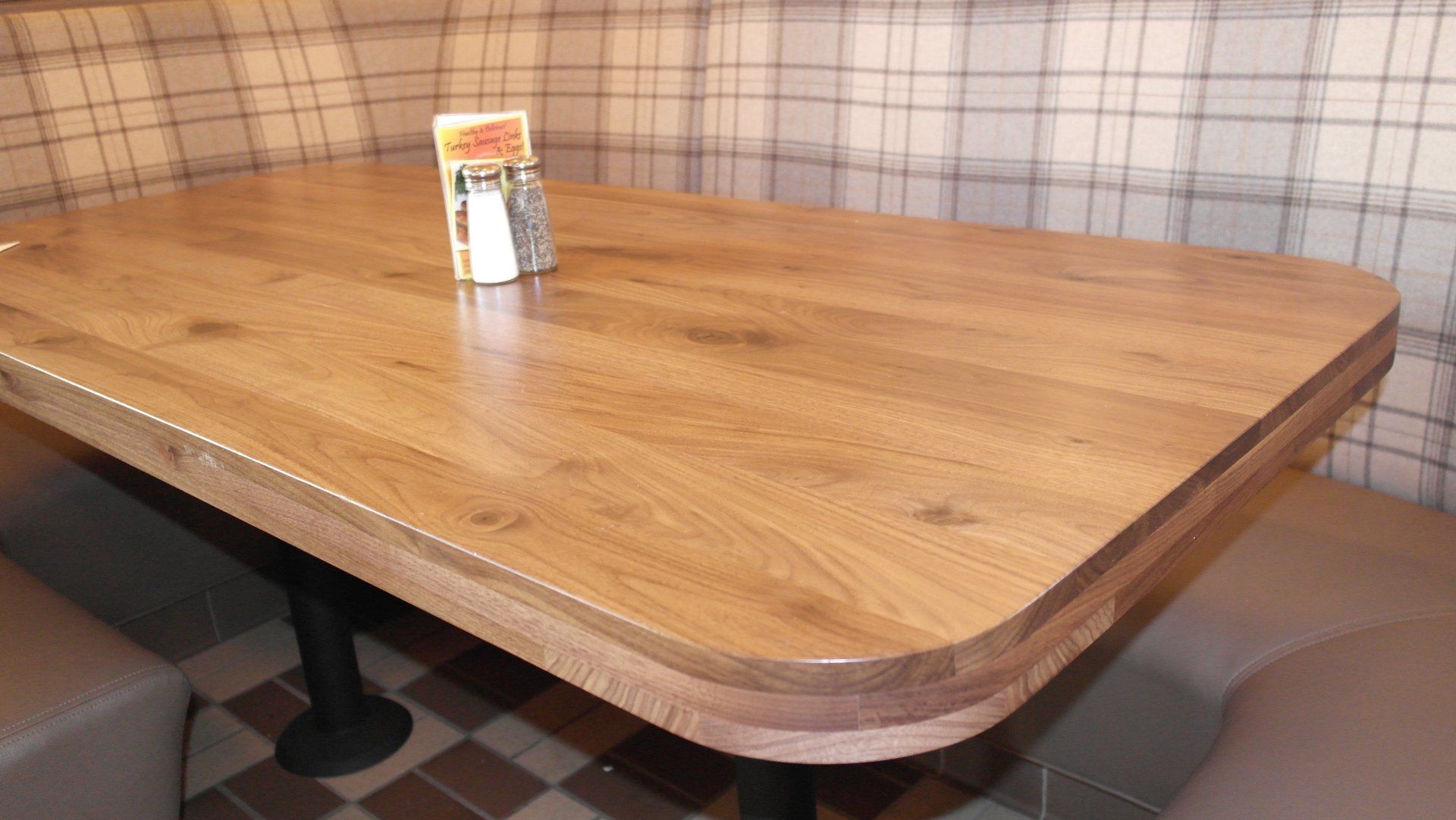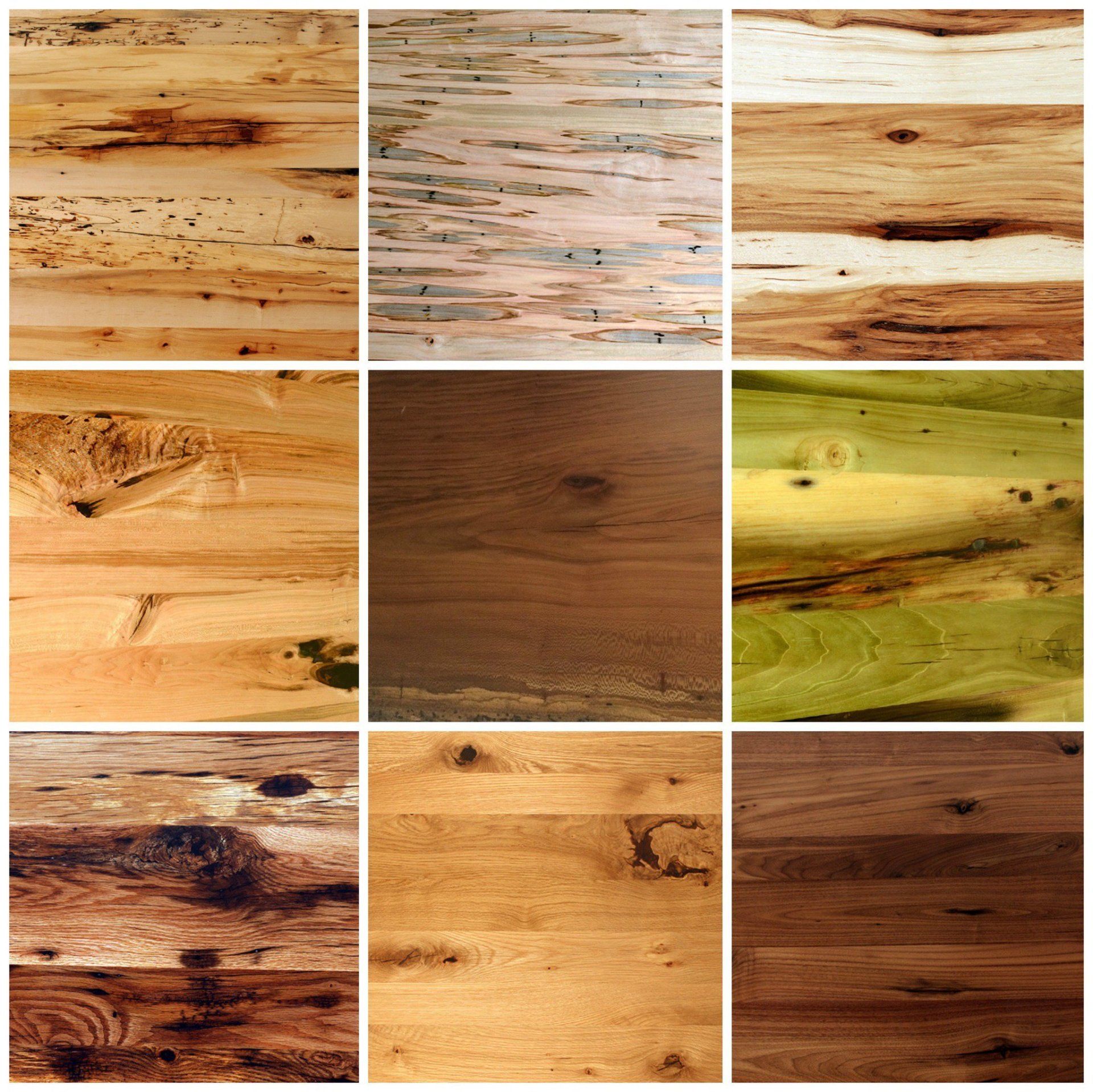Sun-Grown Buildings: A Look at Wooden Skyscrapers
- By nat rosasco
- •
- 23 Sep, 2015
- •
Over 100 years ago, the method of constructing buildings shifted dramatically when the first skyscraper, Chicago’s Home Insurance Building, was built. At that time, the idea of a ten story building was unthinkable. When it was completed in 1885, many gave it a wide berth, fearing a collapse. However, with its revolutionary steel frame, the Home Insurance Building remained standing tall and paved the way for an entire generation of skyscrapers throughout the world.
Today, we are once again at the threshold of a dramatic shift in architecture design with the introduction of skyscrapers created from what happens to be our preferred building material, wood. While thousands of steel and concrete structures have proven that these two building materials are more than viable, they also have huge carbon footprints. A large amount of energy is necessary to produce these materials. Steel accounts for approximately three percent of our greenhouse gas emissions, while concrete accounts for six to eight percent. According to architect Michael Green in his TED Talk Why We Should Build Wooden Skyscrapers
, “Almost half of our greenhouse gases are related to the building industry, and if we look at energy, it’s the same story.” As he goes on to explain, if we want to reduce both greenhouse gas emissions and energy use, wood is the solution.
Throughout a tree’s life, it absorbs CO2 from the environment, storing the carbon within its wood, leaves, roots, and nearby soil. When a tree dies, it decays and slowly releases the carbon back into the atmosphere or ground. If there’s a forest fire, the carbon is also released back into the atmosphere. However, when a tree is harvested for manufacturing, much of this carbon remains stored. Therefore, using wood in the construction of a building, keeps carbon out of the atmosphere.
Wood also requires less energy in its manufacturing process than other building materials, and instead of fossil fuels, much of the energy used is from renewable biomass. Consequently, this is another instance where choosing wood over other building materials reduces the amount of greenhouse gas emissions.
As Green stated, “There is no other building material that is grown by the sun. We’ve calculated that the North American forests grow enough wood for a 20-story wood building every 8-10 minutes.” His firm, MGA Architects, estimates that a 20-story wooden building compared with one made of steel and concrete has the same impact on lowering our carbon footprint as taking 900 cars off the road for a year.
However, the structural fears associated with the original skyscrapers come back into mind with these new, timber versions. Are wooden skyscrapers as sturdy as their steel counterparts? Green understands that we need to reinvent wood, “making it stronger, more fire safe, more durable and selecting material from sustainably managed forests.” But this work has already begun. New, stronger engineered wood is being developed. Engineered wood consists of smaller pieces of wood glued together to create large sheets that can be used for building. These new wood products, known as mass timber panels, can reach dimensions of 8 feet by 64 feet and measure over 15 inches thick. Builders can cut them to the exact sizes needed before arriving at the construction site and then simply screw them into place. With this ease of construction, building with wood is not only green and sturdy, but also quicker than using conventional materials. Green jokes, “Someday I’d like to make a building where all you need is a giant allen key to put it together.”
There are also concerns over wood’s flammability, but Green states that cross-laminated lumber, a type of mass timber panel, is just as fire-resistant as other building materials. Testing is continually being performed.
Other timber skyscrapers that have been constructed include Melbourne’s ten-story Forté Apartments and the nine-story Stadthaus
in the UK. Stockholm, Vancouver, and Vienna have plans for towers over 30 stories, while MGA proposed a 35-story skyscraper
in Paris.
A conceptual design for a 42-story combined wooden and concrete building in Chicago has been created, as well. Although not likely to come to fruition any time soon, this building would emit 60-75% less carbon compared with an equivalent building made of only concrete. Also, the hybrid system could be made as tall as desired.
“Just like snowflakes,” Green says, “no two pieces of wood can ever be the same anywhere on Earth. That’s a wonderful thing. I like to think that wood gives Mother Nature fingerprints in our buildings.” Like Green, we can’t wait to see how high Mother Nature’s fingerprints will reach, and it looks like the sky will soon be the limit.
References not linked within article:
http://www.cnn.com/2015/03/25/tech/wooden-skyscrapers-plyscraper/
http://www.woodworks.org/why-wood/carbon-footprint/
http://www.cnn.com/2015/03/25/tech/wooden-skyscrapers-plyscraper/
http://www.woodworks.org/why-wood/carbon-footprint/



